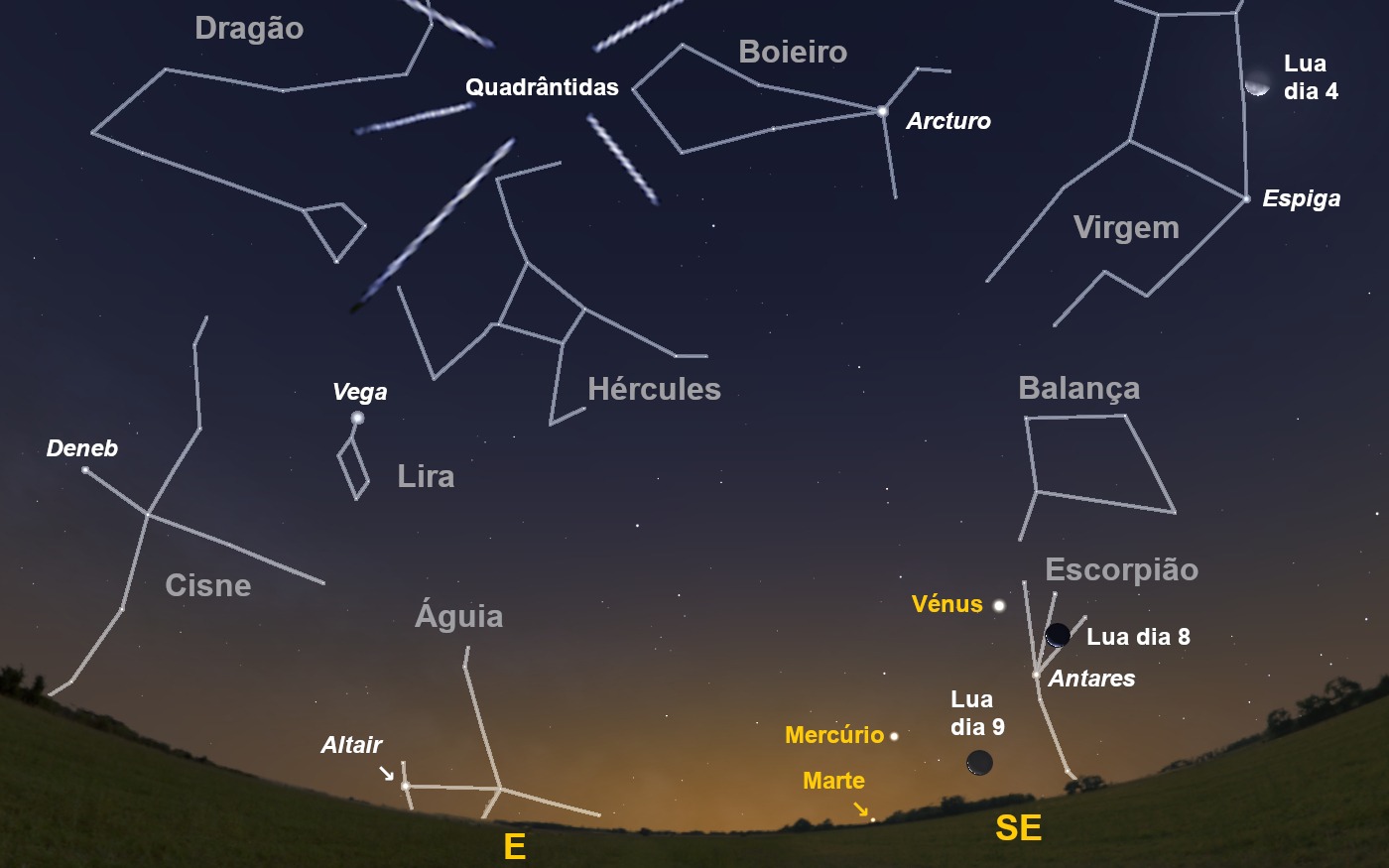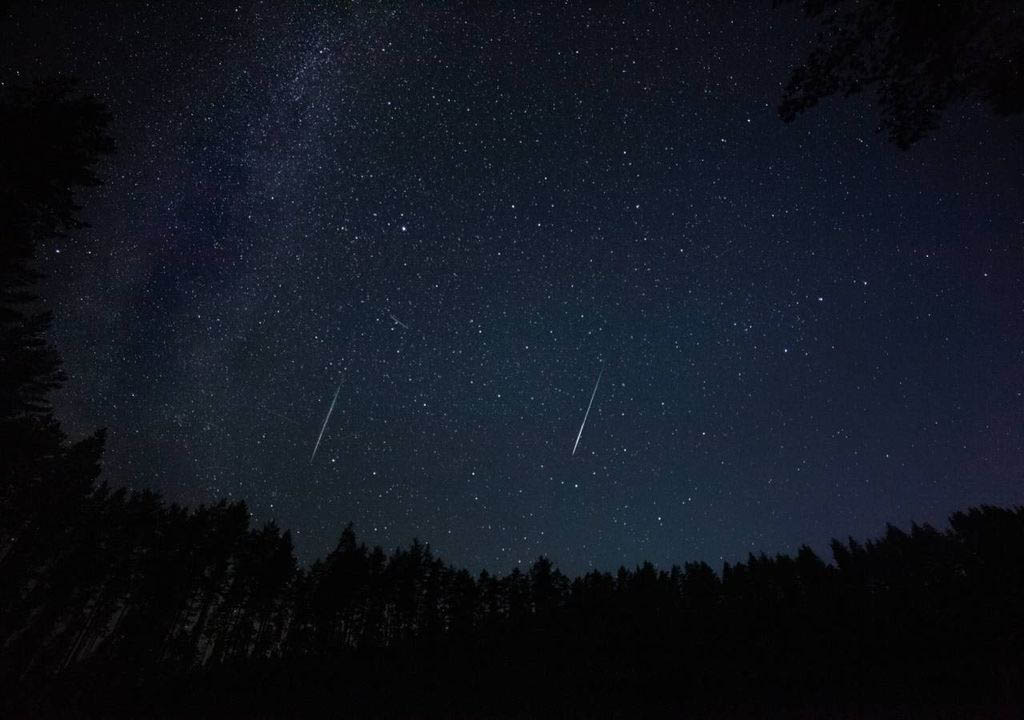The first day of this year was marked by the arrival of the Moon at its apogee, the point in its orbit furthest from Earth.
Two days later, the Earth reaches its perihelion, the point in its orbit closest to the Sun. This event coincides with the twentieth anniversary of the landing (landing on the planet Mars) of the North American space exploration vehicle Spirit.
Three weeks after this arrival, an identical vehicle, named Opportunity, landed on the other side of this planet. These probes helped to get to know Mars a little better, finding evidence that, in the past, there was water on the Martian surface.
During the beginning of the year, our planet crosses the trail of dust and rocks left by asteroid 2003 EH1 along its orbit. Consequently, during these days, there is a shower of stars that appear to emerge from a region of the sky occupied by the Mural Quadrant, a constellation created in the XNUMXth century by Jérôme Lalande.
Although this constellation is not on the International Astronomical Union's list (it does not normally appear in sky viewing applications), this shower of stars continues to bear its name: the Quadrantids.
It should be noted that the peak activity of this star shower lasts only a few hours, but, under ideal conditions, it can reach hundreds of meteors per hour.
However, in 2024 this peak, which occurs at the end of the morning of the 4th, coincides with the last quarter. This fact, together with the increasingly omnipresent light pollution, will make the observation of these meteors substantially difficult.

Between the end of the morning of the 8th and 10th we will notice how the Moon gradually approaches the direction of the Sun, thus rising later and later.
Thus, on the 8th, we will see the Moon rise next to the planet Venus and the star Antares, the heart of the Scorpio constellation, while, on the following day, the Moon will be located next to the planet Mercury.
Finally, on the 10th, the Moon will rise next to the planet Mars. In turn, on the 11th, the Moon will be located in a direction very close to that of the Sun, thus giving way to the New Moon, not allowing observation of it.
On the 12th, the planet Mercury will reach its greatest distance to the west from the Sun, making it the best time of the month to observe this planet. From this date onwards, Mercury will move closer to the Sun, crossing paths with the planet Mars on the 27th.
On the night of the 14th, we will see the Moon set next to the planet Saturn and the constellation Aquarius.
Already during the first quarter of the 18th, the Moon will have approached Jupiter, a planet that, these days, is located in a region of the sky belonging to the constellation of Aries.
Finally, the full Moon will occur on the 25th, next to the constellation of Cancer.
Good remarks!




















Comments